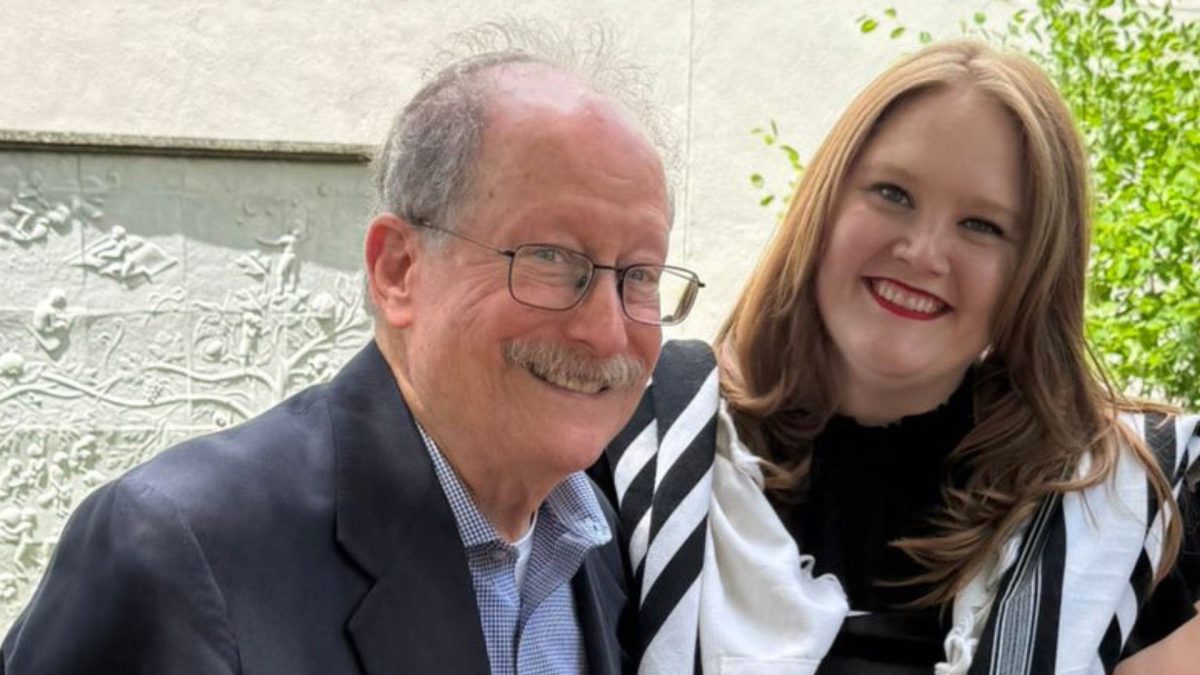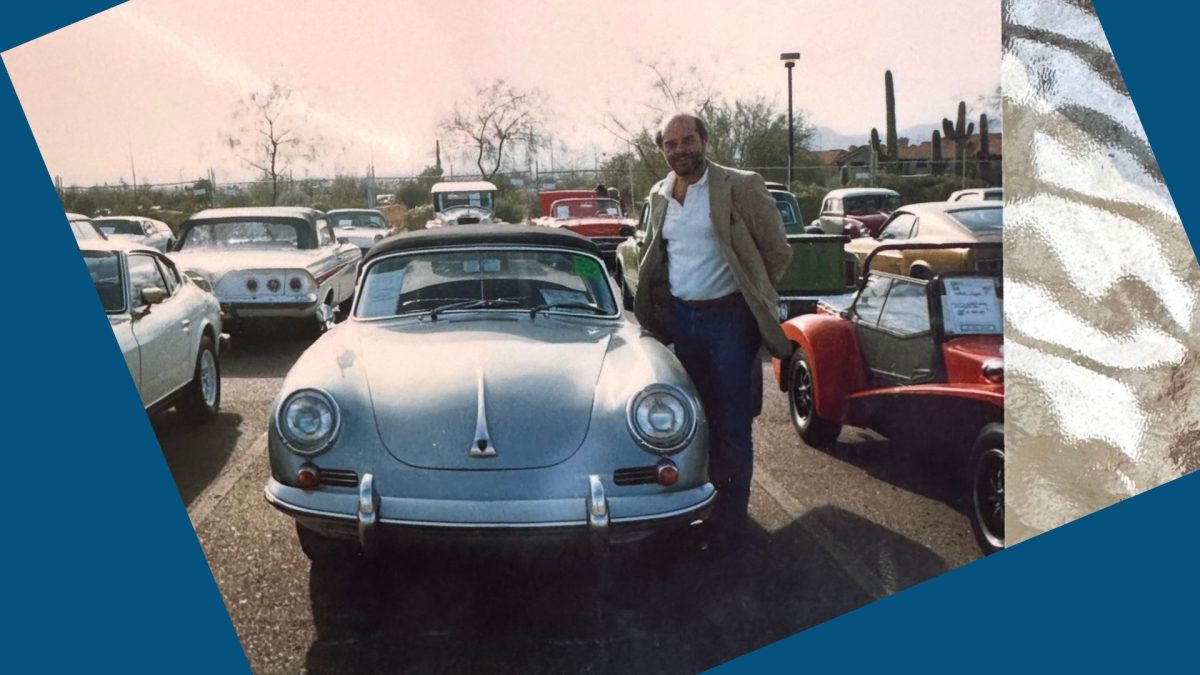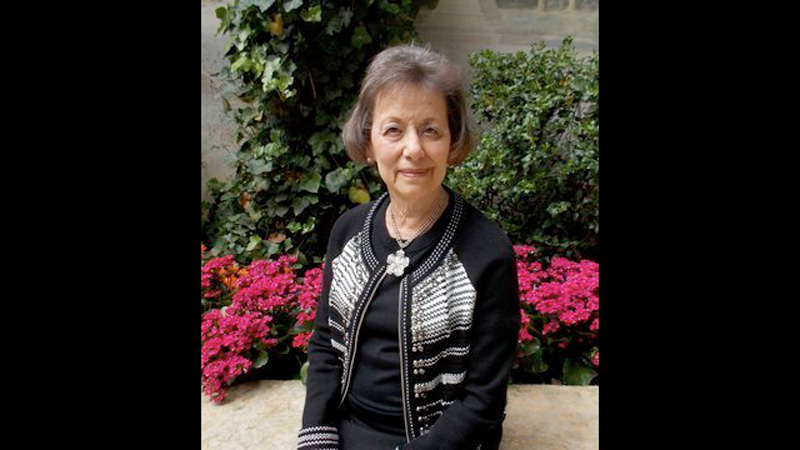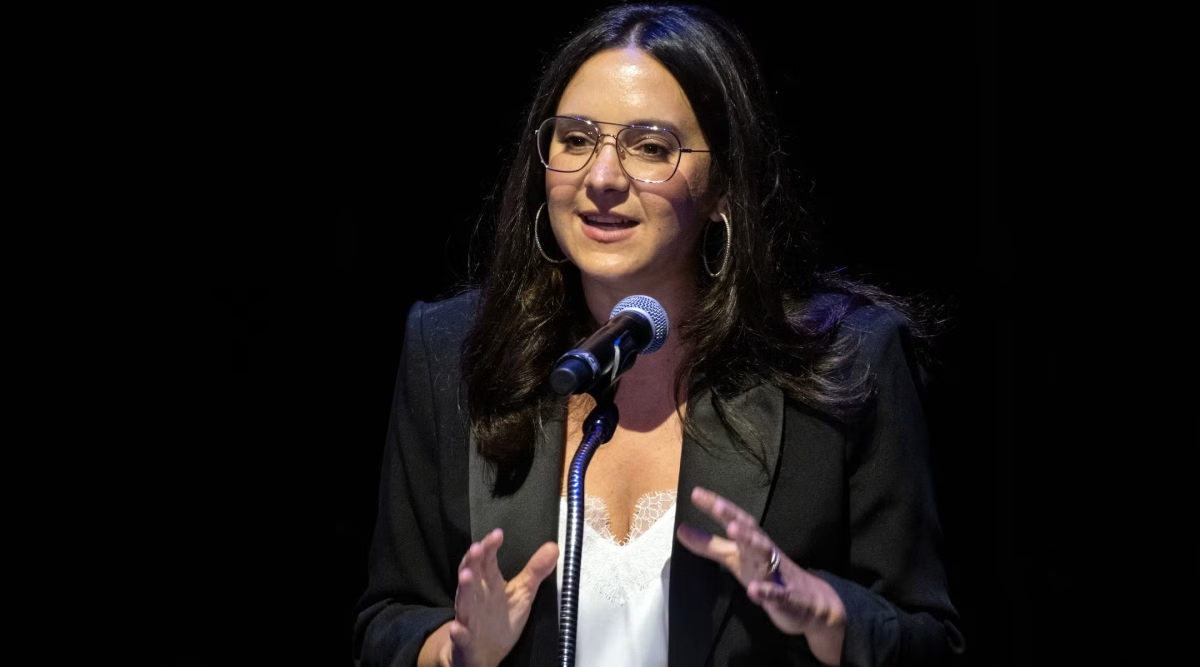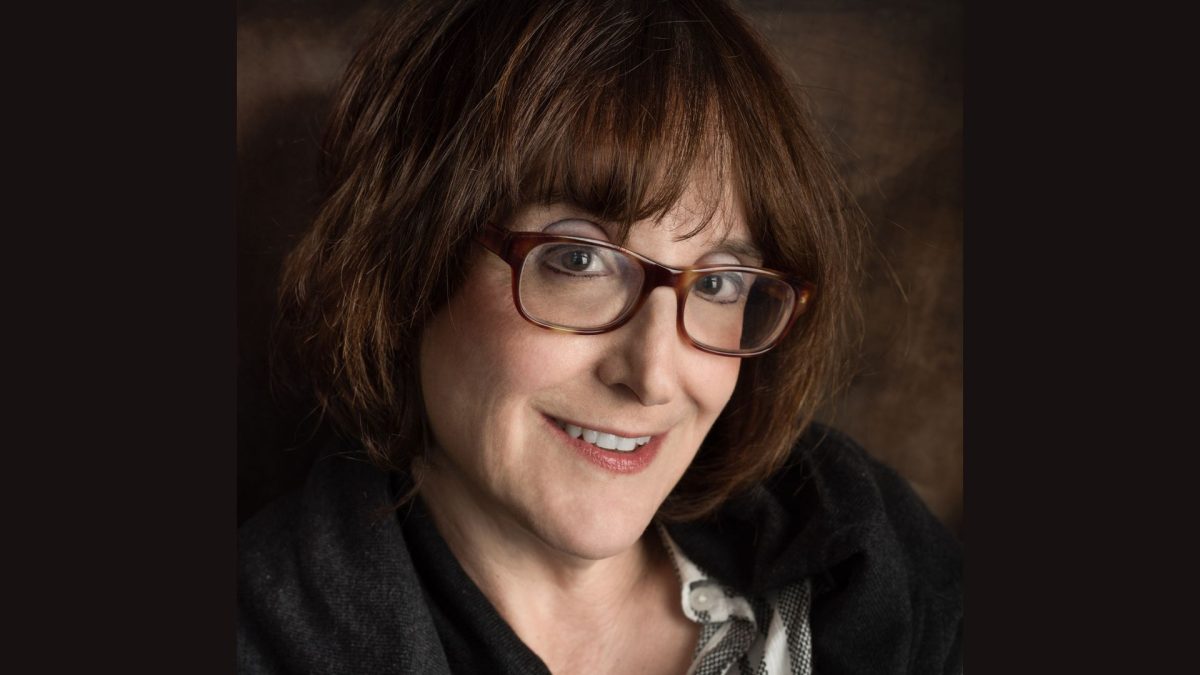In the coming days and weeks, you’re going to be hearing the name Leonard Berstein, a lot. That is because the legendary composer is in the news right now. This week Netflix released the official trailer for “Maestro,” the biographical romance following the life of the acclaimed conductor and his wife Felicia. The movie starring Bradley Cooper and Carey Mulligan is set to release in December.
The trailer is already causing a stir.
Soon after Netflix dropped the first official trailer, one aspect of the film footage sparked a flurry of conversation online — and it wasn’t the preeminent Jewish conductor’s music or star Bradley Cooper’s acting. Instead, the prosthetic nose supposedly used by the Oscar-nominated Cooper, who is not Jewish — and co-wrote, directed and stars as Bernstein in the film — infuriated many Jews who argued that the appendage plays into stereotypes about Jewish facial features.
ADVERTISEMENT
So, while this issue is debated over the months to come, we wanted to alert St. Louis audiences of a chance to move the music of Leonard Bernstein to the center stage, via one of his most important works.
Leonard Bernstein’s Kaddish Symphony
On Monday, August 21st, at 9 p.m. CST Nine PBS is presenting Leonard Bernstein’s Kaddish Symphony as part of its Great Performance Series. Originally composed in 1963, Bernstein made revisions to his Kaddish symphony in 1977 which included some cuts, and rewrites of both the music and spoken text, and allowed for the speaker to be either a man or woman.
In the Jewish religion, the Kaddish is the name of the prayer chanted at funerals and at synagogue services, yet there’s no mention of death in the prayer. Instead, it mentions “life” three times. In his symphony, Bernstein plays on the prayer’s dualism: Its reputation as a requiem, and its celebration of life in both the music and spoken text.
Performed from Highland Park, Illinois’ Ravinia Festival, the concert is led by famed conductor and Bernstein protégé Marin Alsop, the work includes music and spoken narrative segments voiced by narrator Jaye Ladymore (“Chicago Med”) and sung by soprano soloist Janai Brugger.
ADVERTISEMENT
Recorded in July 2022, the symphony examines questions of humanity and faith, exploring the complicated nature of a higher power that governs mortality.
Understanding Bernstein’s Kaddish Symphony
The “Kaddish” is a work of massive proportions, written for a full orchestra, adult and youth chorus and voices, and a narrator. Bernstein’s piece reflects his lifelong challenges and struggles with religion and belief. In 2019, Larry Levin the former publisher/CEO of the Jewish Light sat down with Leonard Slatkin before the famed St. Louis conductor led his fifth performance of the “Kaddish” with the St. Louis Symphony Orchestra. Together the two reflected on Bernstein’s piece, its meanings and relevance.
Levin: Those who are familiar with the more melodic points of entry for Bernstein —“Candide,” “On the Town,” “West Side Story” — may be surprised to hear the angst-filled tones of the “Kaddish Symphony.” He weaves 20th century atonality in and out of his score alongside some of his more typical themes and styles. Why did he choose this piece, his final symphony, to take this approach, and is there anything else in his literature akin to this?
Slatkin: The (Kaddish) Symphony is all about Bernstein’s fractious relationship with the Creator. In order to depict his conflicts, the composer needed to adopt a harsher way of presenting them musically. He also wanted to be more accepted by the academic musical community, so Bernstein, at least for about 20 minutes of the piece, uses the language prevalent and favored by critics at the time.
Levin: Bernstein’s student, the conductor Marin Alsop, said, “This symphony is a vehicle — the Kaddish prayer a vehicle —for Bernstein to explore his lifelong issues of personal faith, the elusive concept of peace and the conflict arising from our great human potential for, and attraction to, destruction.” Why was he willing to lay these strikingly personal thoughts and feelings bare for all to hear?
Slatkin: All of Bernstein’s concert pieces usually have something to do with guilt. Sometimes it is about faith, sometimes about sexuality, sometimes about social and political discourse. He wanted to be everything to everybody. The symphony is not really about Kaddish, but rather about coming to grips with a God that he felt had sometimes abandoned him as well as society. Bernstein basically put into his music everything that he could not express through words.
Levin: The piece is named after and built upon a Jewish duality, the Kaddish prayer that’s recited in mourning, but which says nothing of death and is a doxology, a celebration of God’s greatness. And on almost every level the piece careens between faith and its rejection, between hope and despair. As the conductor, are there particular approaches you take with the music so the audience can appreciate and understand this duality?
Slatkin: There is a reason that Bernstein called it a symphony.It follows, more or less, the traditional structure of that form. My job is to try and make it as seamless as possible, one coherent piece made up of several different parts. The role of the narrator is key, and performance can succeed or fail depending on how that person delivers the text. I had the great pleasure of doing it with Jeremy Irons last year, and hopefully, the St. Louis performances will be equally well presented.
Levin: How do the music and themes of the symphony personally resonate with you and your own experience?
Slatkin: Everyone has his or her own way of dealing with faith. The music resonates with me more than the spoken word. Perhaps this is actually too personal a matter to write about.
Levin: When you conducted the “Kaddish Symphony” in 2017, the actor Jeremy Irons performed as the narrator. This time you have the acclaimed storyteller Charlotte Blake Alston narrating. Does the gender difference lead to different interpretations, or are the distinctions based less on gender and more on style and interpretation?
Slatkin: Bernstein wrote the piece with his wife in mind, and she was the speaker in the first performances and recording. He would go on to do it with other male narrators. Of course, theoretically, the Kaddish itself is not supposed to be spoken by a woman, and the narrator never intones those words. If you want to hear the best musical version of the prayer, listen to the one by Maurice Ravel.
Levin: Has your own understanding of the score evolved over time, listenings and performances, and if so, how?
Slatkin: I have performed this work five times and recorded it with one of the composer’s daughters as speaker. The harsh parts have gotten edgier, the more serene moments are more relaxed. In other words, I go for more contrast now than I did previously.
Levin: If listeners would like to compare, are there other pieces in the orchestral literature that address this personal spiritual struggle? The theme would seem to suggest more operatic than orchestral comparisons, but if there are those from the concert hall that you would recommend for comparison, what might they be?
Slatkin: As with most of his concert pieces, “Kaddish” is unique, but strangely, I would suggest Berlioz’s “Roméo et Juliette.” It is also called a symphony but contains vocal elements.





